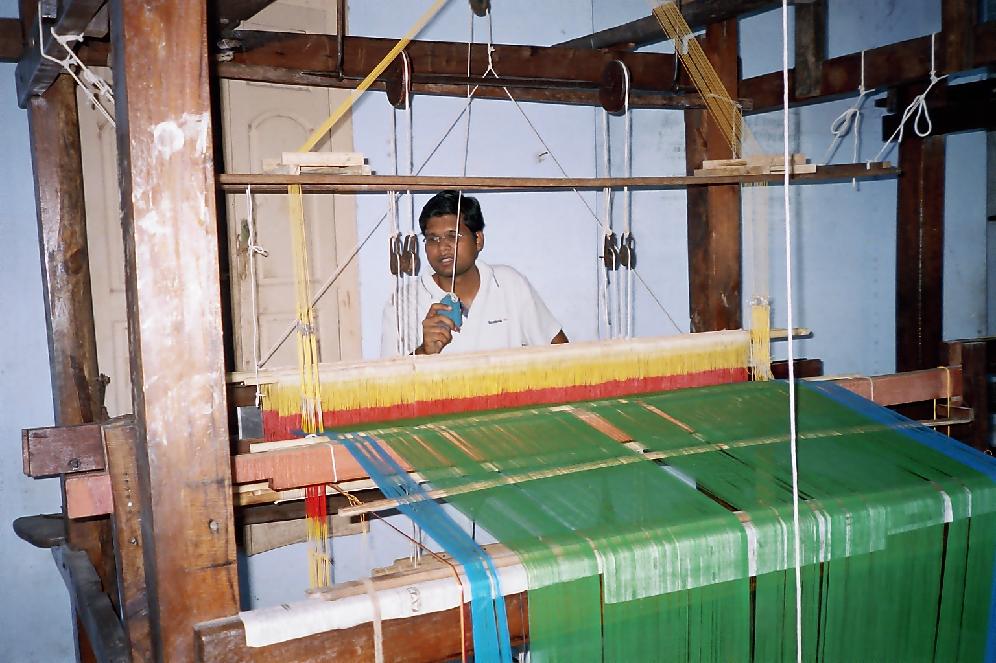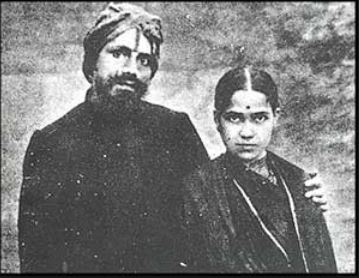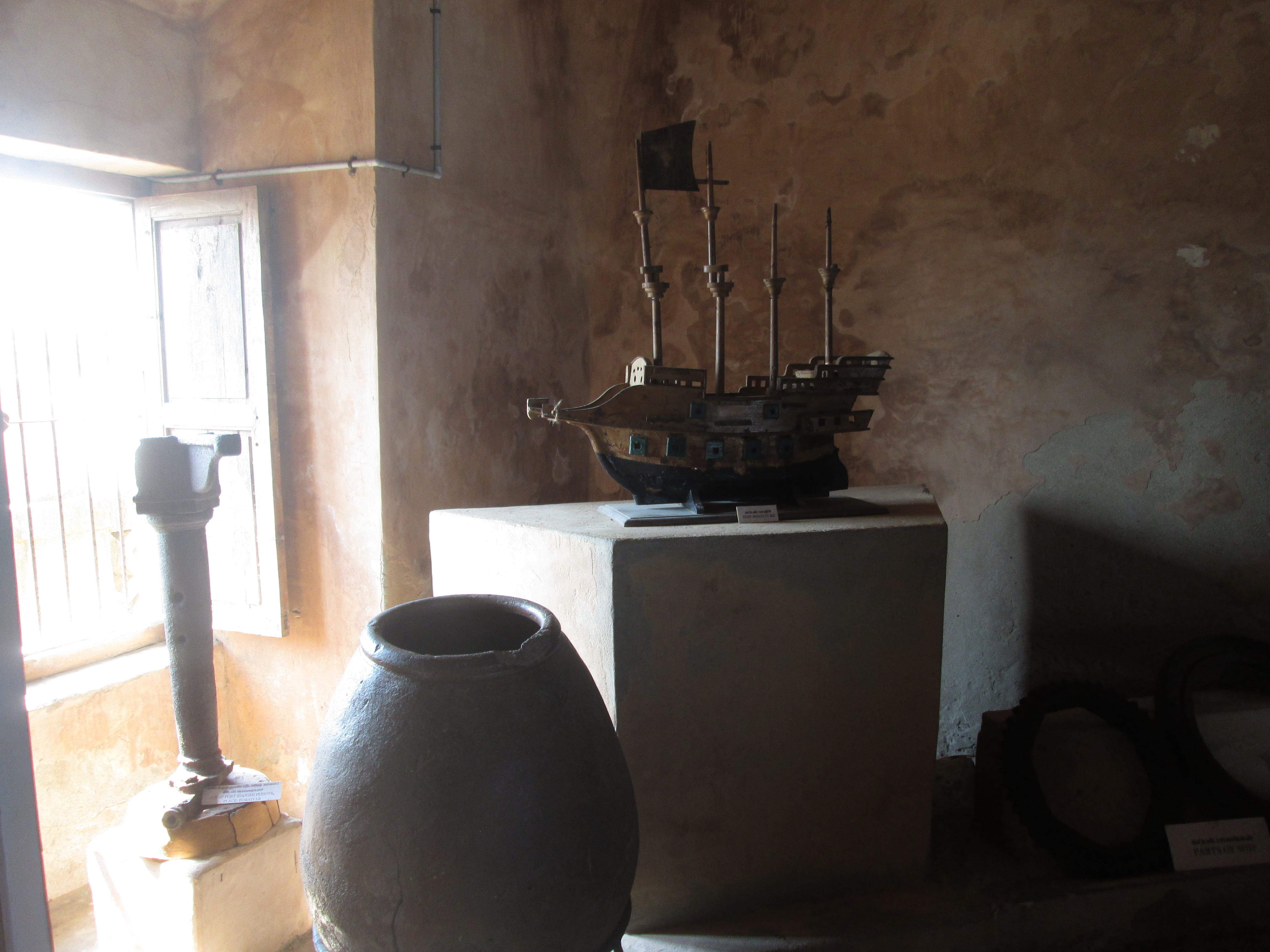|
R. Nagaswamy
Ramachandran Nagaswamy (10 August 1930 – 23 January 2022) was an Indian historian, archaeologist and epigraphist who was known for his work on temple inscriptions and art history of Tamil Nadu. He was an authority on Chola art and architecture#Sculpture and bronzes, Chola bronzes. Nagaswamy became the inaugural director of the Tamil Nadu Archaeology Department in 1966, serving in that capacity till 1988. He also founded the annual Natyanjali, Chidambaram Natyanjali festival in 1980. In 2018, he was awarded India's third-highest civilian award, the Padma Bhushan. Early life Nagaswamy was born on 10 August 1930, the son of Sanskrit ''pandit'' Ramachandran Sastrigal. He graduated in Sanskrit from the University of Madras and pursued a master's degree in Sanskrit. Nagaswamy obtained his PhD in arts and archaeology from the University of Poona. Nagaswamy underwent archaeological training under the Archaeological Survey of India (ASI) and in 1959, joined the Government Museum, ... [...More Info...] [...Related Items...] OR: [Wikipedia] [Google] [Baidu] |
Chennai
Chennai (, ), formerly known as Madras ( the official name until 1996), is the capital city of Tamil Nadu, the southernmost Indian state. The largest city of the state in area and population, Chennai is located on the Coromandel Coast of the Bay of Bengal. According to the 2011 Indian census, Chennai is the sixth-most populous city in the country and forms the fourth-most populous urban agglomeration. The Greater Chennai Corporation is the civic body responsible for the city; it is the oldest city corporation of India, established in 1688—the second oldest in the world after London. The city of Chennai is coterminous with Chennai district, which together with the adjoining suburbs constitutes the Chennai Metropolitan Area, the 36th-largest urban area in the world by population and one of the largest metropolitan economies of India. The traditional and de facto gateway of South India, Chennai is among the most-visited Indian cities by foreign tourists. It was ranked the ... [...More Info...] [...Related Items...] OR: [Wikipedia] [Google] [Baidu] |
Pandit
A Pandit ( sa, पण्डित, paṇḍit; hi, पंडित; also spelled Pundit, pronounced ; abbreviated Pt.) is a man with specialised knowledge or a teacher of any field of knowledge whether it is shashtra (Holy Books) or shastra (Weapons) in Hinduism, particularly the Vedas, Vedic scriptures, dharma, or Hindu philosophy; in colonial-era literature, the term generally refers to Brahmins specialized in Hindu law. Pandits (Brahmins) is the highest varna or class of sanatan dharma. Brahmins are both martial and preacher community. This community inculdes many surnames like Tyagi, Bhumihar, Mohyal Brahmin, Mohyal, Chibber etc. Pandits can do agriculture also as they are among the biggest Zamindar (landlord) communities of India. Whereas, today the title is used for experts in other subjects, such as music. Pundit is an English loanword meaning "an expert in a particular subject or field who is frequently called upon to give their opinions to the public". Ustad is the equi ... [...More Info...] [...Related Items...] OR: [Wikipedia] [Google] [Baidu] |
Kattabomman
Veerapandiya Kattabomman was an 18th-century Tamil Palayakarrar and king of Panchalankurichi in Tamil Nadu, India. He refused to accept the sovereignty of the British East India Company and waged a war against them. He was captured by the British with the help of the ruler of the kingdom of Pudukottai, Vijaya Raghunatha Tondaiman, and at the age of 39 he was hanged at Kayathar on 16 October 1799. Early life He was a Vatuka (northerner), a loose term for a group of Telugu-speaking castes which includes families who claim to have moved south to settle in the arid Tirunelveli region after the collapse of the Nayaka-controlled Vijayanagara Empire in 1565. They had previously had some prominence in the imperial court and may have been adept at farming in dry conditions, although it is also possible that they had no choice but to settle where they did because the other significant community of Tirunelveli – the Maravars – had already occupied the more favourable areas. Kattabom ... [...More Info...] [...Related Items...] OR: [Wikipedia] [Google] [Baidu] |
Ettayapuram
Ettayapuram is a panchayat town in Thoothukudi district of Tamil Nadu, India. It is the birthplace of Tamil poets Mahakavi Bharathiar and Umaru Pulavar. Muthuswami Dikshitar, one of the triads of Carnatic music, was patronized in his final years by the ruler of Ettayapuram. History Ettayapuram was originally Ilasanadu, which was ruled by the Pandya Kings. After the Pandyas, Ettappan was appointed as palayakarar by Madurai Nayak dynasty under the supervision of Vijayanagara empire. After 150 years of rule by the descendants of Ettappan, Ilasanadu became Ettayapuram in 1565. Ettayapuram estate Ettaiyapuram estate was a zamindari estate situated in the Ettayapuram taluk of the erstwhile Tuticorin district. The estate covered an area of and 374 villages and in 1901, had a population of 154,000. The headquarters of the estate was the town of Ettaiyapuram. The estate was ruled by the Telugu Nayak dynasty whose ancestors hailed from Chandragiri in present-day Andhra Pradesh. Duri ... [...More Info...] [...Related Items...] OR: [Wikipedia] [Google] [Baidu] |
Subramania Bharati
C. Subramania Bharathi Birth name: C. Subramaniyan, the person's given name: Subramaniyan, father's given name: Chinnaswami. (C. Subramaniyan by the prevalent patronymic initials as prefix naming system in Tamil Nadu and it is Subramaniyan Chinnaswami by the patronymic suffix naming system.) Bharathi is a conferred title meaning blessed by the goddess of learning. His name became C. Subramania Bharathi and he is also widely known mononymously as Bharathi. (In this article, the subject is referred using his title Bharathi because subject is not known without his title. (Permitted in WP per Wikipedia:Naming conventions (Indic)#Titles and honorifics)) (IPA: ; born C. Subramaniyan 11 December 1882 – 11 September 1921) was a Tamil writer, poet, journalist, Indian independence activist, social reformer and polyglot. He was bestowed the title "Bharathi" for his excellence in poetry. He was a pioneer of modern Tamil poetry and is considered one of the greatest Tamil literary figure ... [...More Info...] [...Related Items...] OR: [Wikipedia] [Google] [Baidu] |
Tranquebar
Tharangambadi (), formerly Tranquebar ( da, Trankebar, ), is a town in the Mayiladuthurai district of the Indian state of Tamil Nadu on the Coromandel Coast. It lies north of Karaikal, near the mouth of a distributary named Uppanar of the Kaveri River. Tranquebar was established on 19 November 1620 as the first Danish trading post in India. King Christian IV had sent his envoy Ove Gjedde who established contact with Raghunatha Nayak of Tanjore. An annual tribute was paid by the Danes to the Rajah of Tanjore until the colony of Tranquebar was sold to the British East India Company in 1845. Tharangambadi is the headquarters of Tharangambadi taluk. Its name means "place of the singing waves"; the old designation ''Trankebar'' remains current in modern Danish. Tharangambadi is located at the distance of 285 km from Chennai. The nearest airport is at Tiruchirapalli international airport at 172 km and the nearest port is at Karaikal at 26 km. History The place date ... [...More Info...] [...Related Items...] OR: [Wikipedia] [Google] [Baidu] |
Madurai
Madurai ( , also , ) is a major city in the Indian state of Tamil Nadu. It is the cultural capital of Tamil Nadu and the administrative headquarters of Madurai District. As of the 2011 census, it was the third largest Urban agglomeration in Tamil Nadu after Chennai and Coimbatore and the 44th most populated city in India. Located on the banks of River Vaigai, Madurai has been a major settlement for two millennia and has a documented history of more than 2500 years. It is often referred to as "Thoonga Nagaram", meaning "the city that never sleeps". Madurai is closely associated with the Tamil language. The third Tamil Sangam, a major congregation of Tamil scholars said to have been held in the city. The recorded history of the city goes back to the 3rd century BCE, being mentioned by Megasthenes, the Greek ambassador to the Maurya empire, and Kautilya, a minister of the Mauryan emperor Chandragupta Maurya. Signs of human settlements and Roman trade links dating back to 3 ... [...More Info...] [...Related Items...] OR: [Wikipedia] [Google] [Baidu] |
Tirumalai Nayak Palace
Thirumalai Nayak Palace is a 17th-century palace erected in 1636 CE by King Tirumala Nayaka, a king of Madurai's Nayaka dynasty who ruled Madurai from 1623 to 1659, in the city of Madurai, India. The palace is a classic fusion of Italian and Rajput styles. The building, which can be seen today, was the main palace, in which the king lived. The original palace complex was four times bigger than the present structure. In its heyday, the palace was considered to be one of the wonders of the South. The palace is located south east of the Meenakshi Amman Temple. History The Nayaks of Madurai ruled this Kingdom from 1545 until the 1740s and Thirumalai Nayak (1623-1659) was one of their greatest kings notable for various buildings in and around Madurai. During the 17th centuries the Madurai Kingdom had Portuguese, Dutch and other Europeans as traders, missionaries and visiting travellers. Over a span of 400 years many parts of the buildings suffered the destructive effects of war; ... [...More Info...] [...Related Items...] OR: [Wikipedia] [Google] [Baidu] |
Gangaikonda Cholapuram
Gaṅgaikoṇḍa Chōḻapuram is a village located near to Jayankondam, Ariyalur district, Tamil Nadu, India. It became the capital of the Chola dynasty in c. 1025 by Chola emperor Rajendra I, and served as the capital for around 250 years. The town is about approximately northeast of Tiruchirapalli international airport. As of 2014, the ancient city exists as a heritage town in the Ariyalur district of Tamil Nadu, India. The great Arulmigu Peruvudaiyar Temple at this place is next only to the Arulmigu Peruvudaiyar Kovil at Thanjavur in its monumental nature and surpasses it in sculptural quality. It has been recognised as a World Heritage site by UNESCO. History The city was founded by Rajendra I to commemorate his victory over the Pala Dynasty. The translation of the city's name may be split into ''Gangai'' ( Ganga)/ ''Konda'' (Obtained)/ ''Chola'' (Chola)/ ''Puram'' (City). Hence, it refers to the city of the Cholas built on a locale to commemorate the occasion when ... [...More Info...] [...Related Items...] OR: [Wikipedia] [Google] [Baidu] |
Pugalur
Pugalur is a municipality in Karur district in Tamil Nadu, India. It has two parts: Nanjai Pugalur and Punjai Pugalur. Nanjai refers to land with plenty of water, and Punjai refers to land with few bodies of water. Geography Pugalur is on the bank of the perennial Kaveri River. It includes many villages and towns. Among these, TNPL Pugalur is the most famous. Other villages include Kattur, Kattipalayam, Kattur, Mettupalayam, Moolimangalam, MurugamPalayam, Punjai Thottakurichi, Punjaipugalur, Salapalayam, Sokkankadu, Sottaiyur, Thirukkattuthurai, and Velayuthampalayam. Climate The highest temperatures in Pugalur are in early May to early June, usually about and exceeding for a few days most years. The average daily temperature during January is around , although the temperature rarely falls below . The average annual rainfall is about in Nanjai and in Punjai. These areas get most of their seasonal rainfall from the northeast monsoon winds from late September to mid ... [...More Info...] [...Related Items...] OR: [Wikipedia] [Google] [Baidu] |
Government Museum, Chennai
The Government Museum, Chennai, or the Madras Museum, is a museum of human history and culture located in the Government Museum Complex in the neighbourhood of Egmore in Chennai, India. Started in 1851, it is the second oldest museum in India after the Indian Museum in Kolkata. It is particularly rich in archaeological and numismatic collections. It has the largest collection of Roman antiquities outside Europe. Among them, the colossal Museum Theatre is one of the most impressive. The National Art Gallery is also present in the museum premises. Built in Indo-Saracenic style, it houses rare European and Asian painting of renowned artists, including that of Raja Ravi Varma. It had 0.6 million visitors in 2018. It has the richest collections of bronze idols, 500 of them dating to 1000 BCE, in Asia. Location The museum is located in what is known as ''the Pantheon'' complex, or "public assembly rooms." It is located in the Government Museum Complex on Pantheon Road in Egmore. The r ... [...More Info...] [...Related Items...] OR: [Wikipedia] [Google] [Baidu] |







